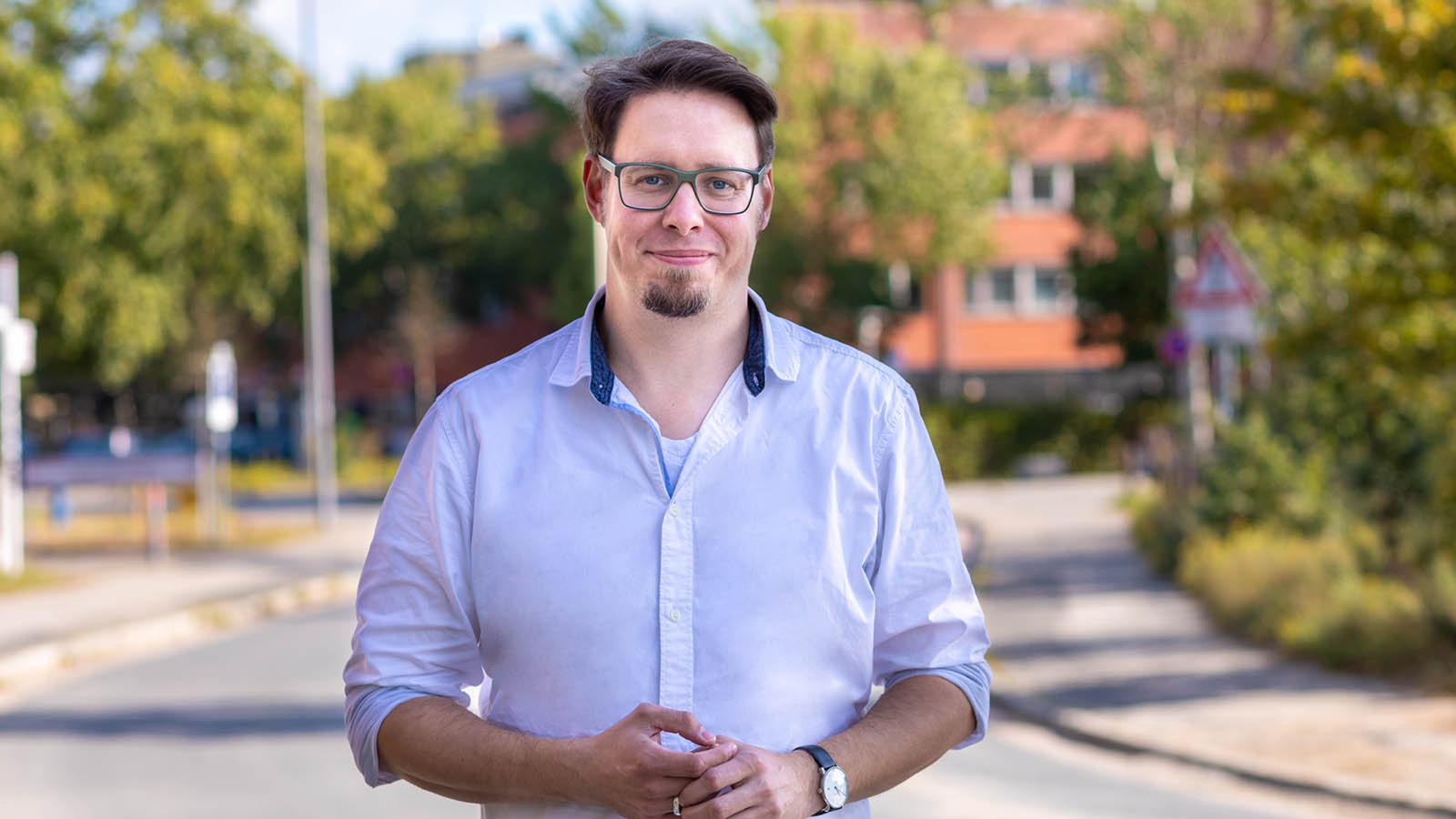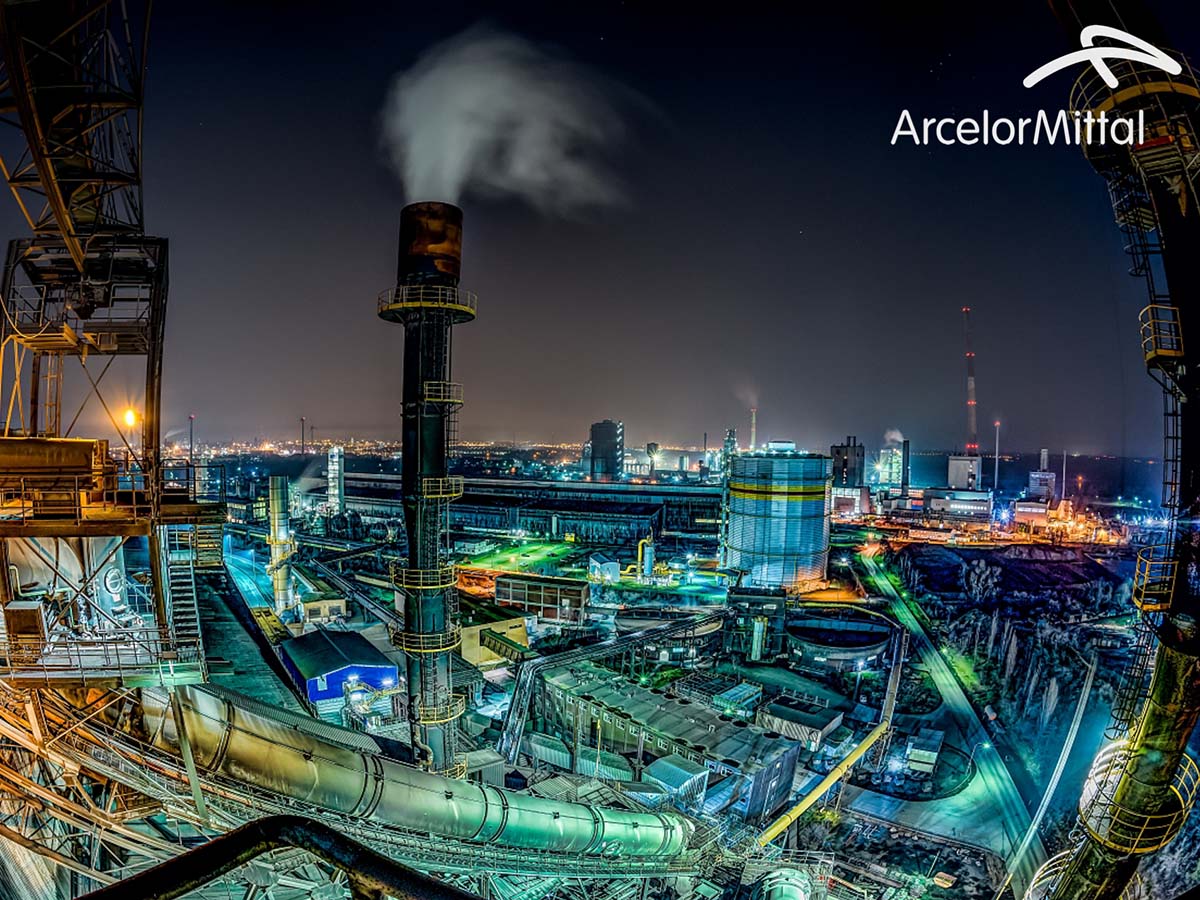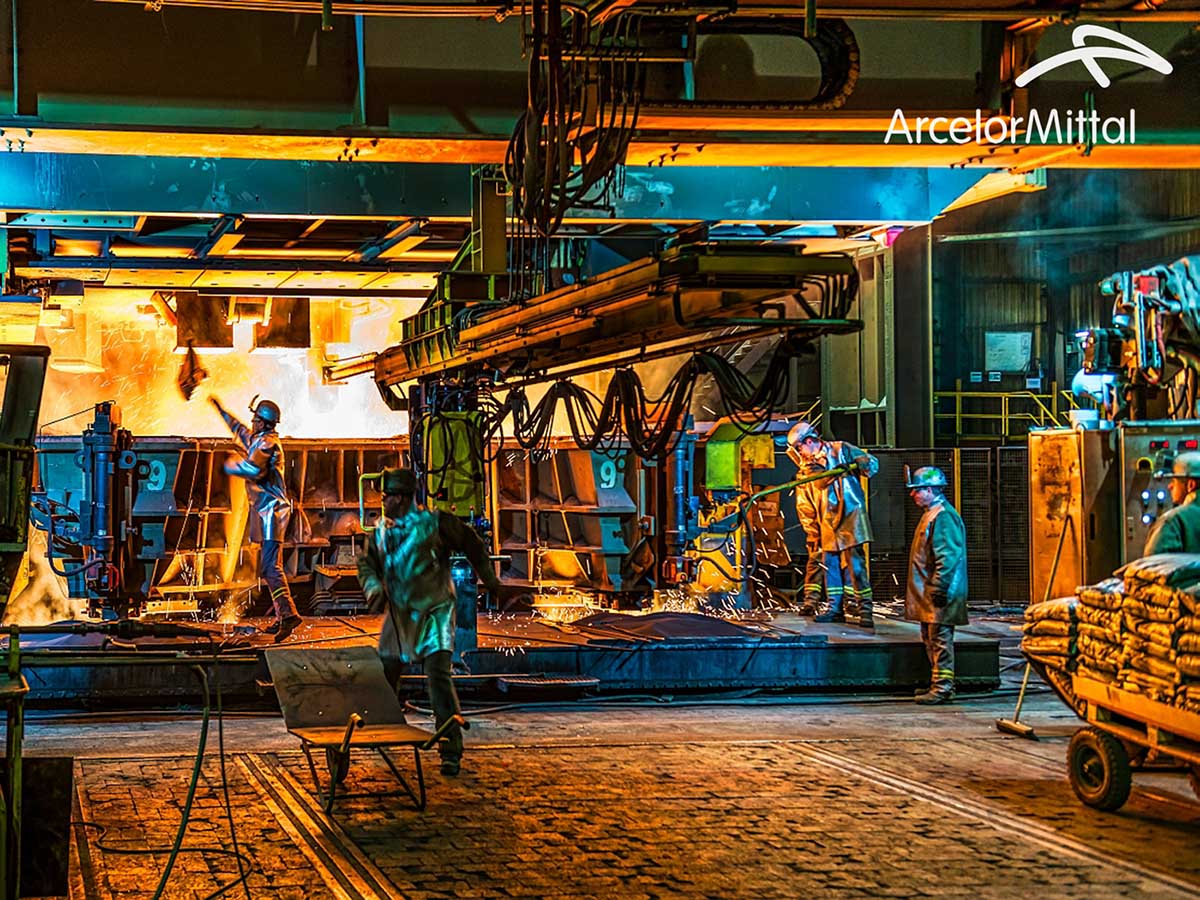
© Matej Meza / Universität Bremen
Developing Energy Sources of the Future
How the possible use of hydrogen is being researched at the University of Bremen
Hydrogen is classed as the “energy source of the future”: It is climate-neutral and can be utilized in various manner. It is also seen as being important for the reduction of German carbon dioxide emissions. But how and where hydrogen can be best used needs to be researched practically – and one of the places where that is happening is in the Department for Resilient Energy Systems at the University of Bremen.
It is not easy to read and sounds like traditional science as we know it: H2B – Roadmap for a gradual defossilization of the steel industry and urban infrastructures using electrolysis hydrogen in Bremen (“H2B – Roadmap für eine graduelle Defossilisierung der Stahlindustrie und urbaner Infrastrukturen mittels Elektrolyse-Wasserstoff in Bremen”). That is the title of the project that scientists in Dr. Torben Stührmann’s team have been working on since January 2020. Stührmann is the acting head of the Department for Resilient Energy Systems within the Faculty of Production Engineering. The project revolves around AcelorMittal’s large steelwork. It is an important part of Bremen’s economy – 3,100 people are employed there.
A project with great scope: After all, it deals with nothing less than making the steelwork CO2-neutral as quickly as possible. Why? Because it is also one of the largest air pollutants in the region. The steelwork emits around six million tons of carbon dioxide annually – as much as the rest of the city put together.
“Green Steel” Thanks to Hydrogen
To date, coal and natural gas have been mainly used for steel production in furnaces. This is rather intensive in terms of CO2 emissions. The idea now is to replace carbon with hydrogen in production. As hydrogen can be produced in a climate neutral manner, for example with electricity from wind power, it is seen as being a “green energy source” and thus allows for the production of “green steel.”
The concept includes the construction of an electrolyzer on the ArcelorMittal grounds. Using electricity from wind power, water will be split into hydrogen and oxygen in the hydrolyzer. The hydrogen is not only to supply the steelwork and other companies as an energy source, but also supply vehicles: “Mobility is also an area of focus with regards to current hydrogen strategies,” says Stührmann. “It is already being tested if trucks and busses can drive economically with hydrogen. This is interesting for Bremen as a logistics location. In our case, we want to think further and include trains or the inland waterways.”
Working Group with Twelve PhD Students
Torben Stührmann and his working group of twelve PhD students in the Department for Resilient Energy Systems are to find out how the steelwork can switch from fossil fuels - coal and natural gas - to the green energy source hydrogen. In this context, “resilient” means taking the uncertainties that arise during such a radical, societal and technological change process into consideration.
“Entirely new connections and problems will arise when introducing hydrogen as an energy source.”
“It is difficult to predict what will happen. But one thing is clear: Entirely new connections and problems will arise that need resilient solution approaches,” says the scientist. “We cannot foresee the course of this highly complex process. In the frame of our research, we need to consider these uncertainties when creating the hydrogen economy in and for Bremen.”

© Thomas Joswig / ArcelorMittal
Initially, very basic questions form the core of the project: How can hydrogen be created and transported, what are the production costs, how sustainable is this energy source really? The introduction of hydrogen is deemed expensive, “but the lack of an energy revolution will be expensive too,” according to Stührmann. In regard to this, money is being invested in application-based research on energy sources of the future – as is now also the case in Bremen. Bremer Aufbaubank is financing the project. The energy suppliers swb and EWE are also involved along with ArcelorMittal.
Economic Aspects Also Being Investigated
At the university, Torben Stührmann’s team is cooperating with Jutta Günther’s Innovation and Structural Economics working group in the Faculty of Business Studies & Economics. “Entirely new value-added chains will be established with the creation of a hydrogen economy. Innumerable legal, regulatory, and economic questions will arise, which will be investigated by economists,” says Jutta Günther. Profound transformation processes require the willingness to cooperate and the acceptance of society. Moreover, there must be suitable political measures in place. The Innovation and Structural Economics working group is taking a look at the connected aspects.
“The national hydrogen strategy has the intention of making green hydrogen marketable.”
As the H2B project in Bremen is of an exemplary nature, the Department for Resilient Energy Systems together with the energy suppliers swb and EWE, as well as the project development agency hypion, have submitted an extended project proposal to the Federal Ministry of Education and Research’s (BMBF) idea initiative Hydrogen Republic Germany (“Wasserstoffrepublik Deutschland). “The government has announced a national hydrogen strategy, which is to further the development of new climate-friendly hydrogen technologies,” according Torben Stührmann. “The hydrogen strategy also has the intention of making green hydrogen marketable and preparing the country’s entry into a hydrogen economy.” Nine million euros from the government’s stimulus package have been made available for this.

© Thomas Joswig / ArcelorMittal
Application to National Hydrogen Strategy
That is funding that would be greatly appreciated for research projects in Bremen. HyBit as an initial impulse for the Hanseatic League of hydrogen (“HyBit als Initialimpuls für die Wasserstoff-Hanse”) is the name of the project proposal created and coordinated by Torben Stührmann and his partners. The proposal outlines the establishment of a Hanseatic League for hydrogen. “HyBit” stands for “hydrogen for Bremen’s industrial transformation” and would elevate the H2B project onto a new level. The aim is to jointly work on the rapid transformation process to becoming defossilized industries (steel, cement, chemistry, and others) with green hydrogen in the North Sea and Baltic Sea regions.
“One of the many tasks is to facilitate dialogue between political decision-makers, experts, companies, and society on local, regional, national, and international levels. We’re dealing with the harmonized establishment of a hydrogen economy across countries – there is an immense need for coordination,” says Stührmann. In August 2020, the Bremen researcher personally presented the project to the Federal Minister Anja Karliczek at a meeting in Salzgitter.